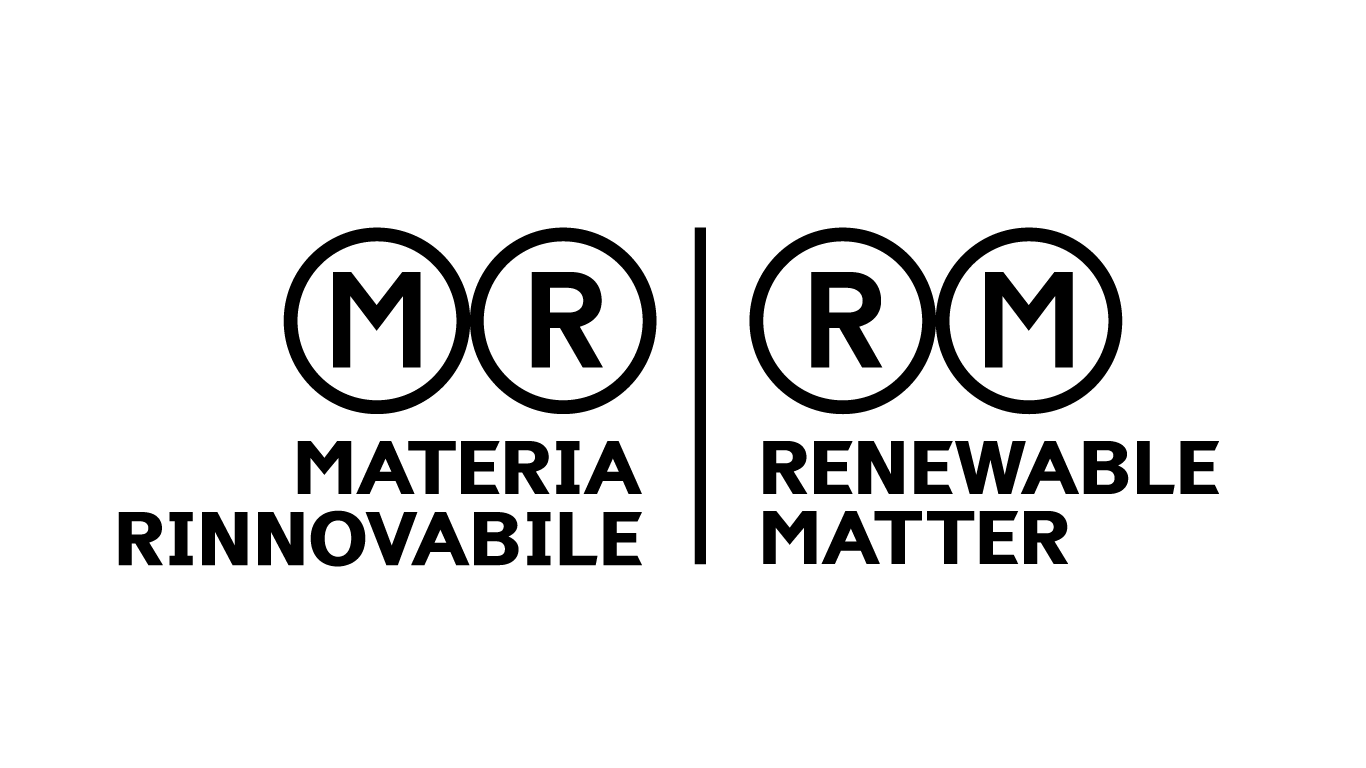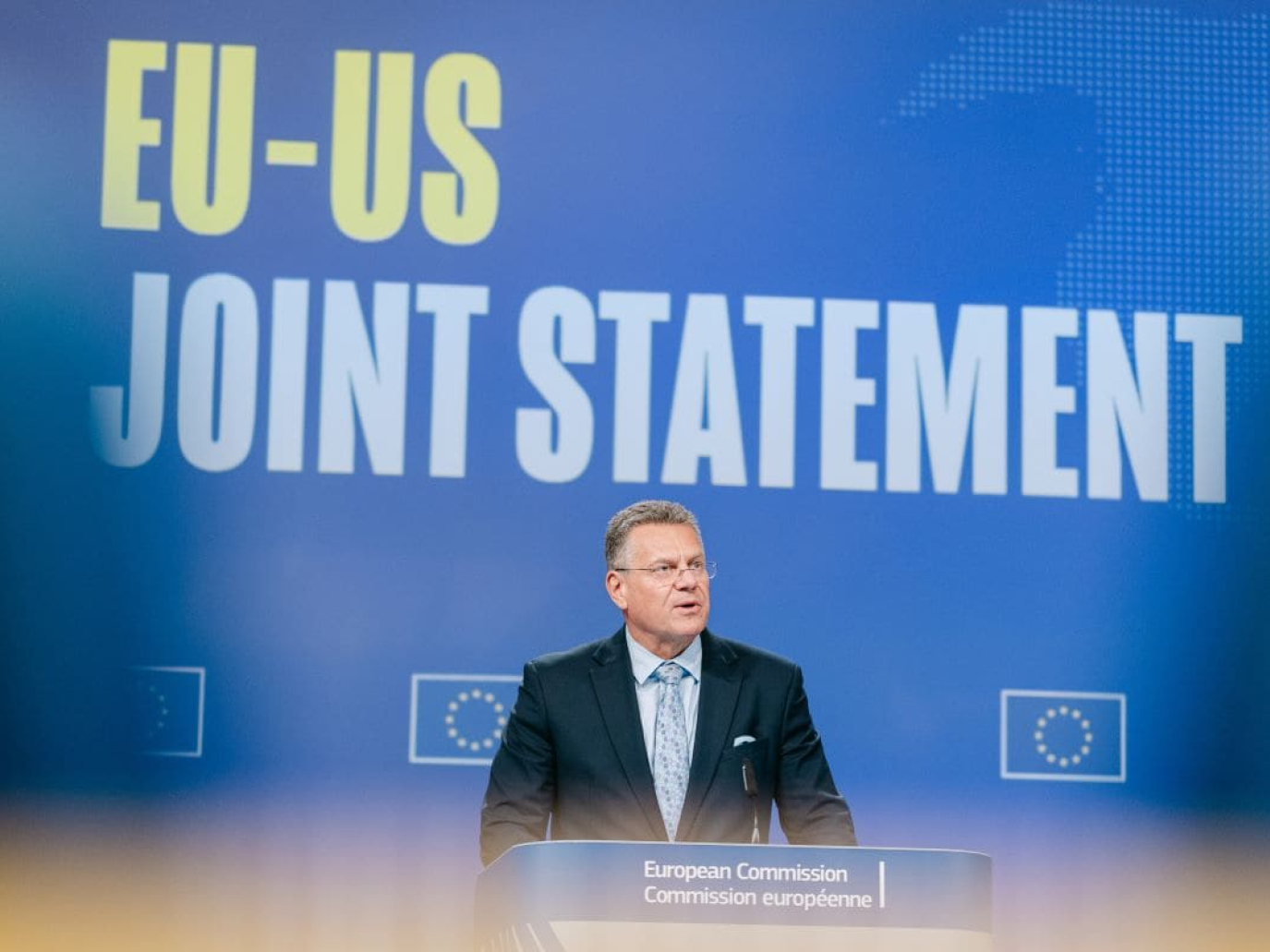This article is also available in Italian / Questo articolo è disponibile anche in italiano
The European Union and the United States have formally adopted a Joint Statement establishing a new framework for transatlantic trade and investment. The announcement, issued after negotiations between EU Trade Commissioner Maroš Šefčovič and US officials Secretary of Commerce Howard Lutnick and Trade Representative Jamieson Greer, follows the political agreement reached by President Ursula von der Leyen and President Donald Trump on 27 July. It marks a turning point in one of the most significant trade relationships in the world, valued at more than €1.6 trillion annually.
A New Tariff Framework
At the core of the agreement lies a commitment to cap US tariffs on the vast majority of EU exports at 15%. This ceiling applies across strategic sectors including automobiles, pharmaceuticals, semiconductors, and lumber. For sectors already subject to Most Favoured Nation (MFN) tariffs of 15% or higher, no additional duties will be imposed.
For the automotive industry, one of the most sensitive sectors in EU-US trade, the United States will apply the 15% tariff ceiling while the EU begins procedures to reduce tariffs on US products. This reciprocal arrangement aims to restore predictability in a sector employing more than 13 million people across the EU and contributing nearly 7% to its GDP.
In addition, from 1 September, several product groups will benefit from a special regime under which only MFN tariffs apply. These include natural resources such as cork, unavailable in the US domestic market, as well as all aircraft and aircraft parts, generic pharmaceuticals and their chemical ingredients. Both sides have committed to extending this special regime to additional categories, a key priority for Brussels as it seeks to secure fairer conditions for European exporters.
The introduction of a clear tariff ceiling represents a significant departure from the volatility of recent years, during which tariff threats destabilised markets and strained political ties. By placing a firm cap, the agreement provides companies with greater certainty in planning cross-Atlantic trade.
Securing Supply Chains and Strategic Sectors
Beyond tariffs, the agreement acknowledges structural challenges in steel and aluminium, two sectors plagued by chronic global overcapacity. The EU and US will work on ringfencing their economies from the destabilising effects of excess production, with discussions on a tariff rate quota solution for EU exports of steel, aluminium, and derivative products.
This effort reflects a broader concern about secure and resilient supply chains in a period marked by geopolitical tension and energy transition. Both economies are seeking to reduce exposure to global market shocks, while ensuring that critical industries remain competitive. In 2022, mutual investment between EU and US firms amounted to €5.3 trillion, highlighting the scale of interconnected supply chains.
For European policymakers, the agreement avoids an escalation that could have undermined industries and employment. The European Commission has underlined that high tariffs are detrimental to global growth. The negotiated outcome is seen as a pragmatic balance: it prevents new trade barriers, stabilises existing exchanges, and preserves space for further dialogue.
The suspension of the EU’s rebalancing measures, effective 7 August, was a direct consequence of the breakthrough. Those measures, adopted on 24 July in anticipation of further escalation, are now on hold, reflecting restored confidence in the transatlantic process.
The World’s Largest Trade Relationship
The EU-US economic partnership remains the largest bilateral trade and investment relationship globally. In 2024, trade in goods and services reached over €1.6 trillion, comprising €867 billion in goods and €817 billion in services. On a daily basis, this means more than €4.2 billion worth of goods and services cross the Atlantic.
The scale of this relationship cannot be overstated: it underpins millions of jobs on both sides and sets global standards in sectors ranging from technology and pharmaceuticals to aerospace. The agreement is therefore not only a technical trade arrangement but also a stabilising force in the wider global economy.
President von der Leyen welcomed the outcome, stating: “The European Union will always pursue the best outcomes for its citizens and businesses. Faced with a challenging situation, we have delivered for our Member States and industry, and restored clarity and coherence to transatlantic trade. This is not the end of the process, we continue to engage with the US to agree more tariff reductions, to identify more areas of cooperation, and to create more economic growth potential. At the same time, we continue to diversify our international trade partnerships, creating EU jobs and prosperity.”
The framework provides a platform for stability, yet negotiations are far from over. The EU aims to broaden the categories benefiting from special tariff regimes, while the US is expected to seek reciprocal concessions. Both sides are aware that the process is iterative, with further rounds of talks likely to address services, digital trade, and emerging technologies.
The European Commission will now proceed, with the backing of Member States and the European Parliament, to implement the main elements of the deal. Parallel to implementation, negotiations will continue on a comprehensive agreement for “fair, balanced and mutually beneficial” trade, consistent with the agreed framework.
Cover: Maroš Šefčovič photographed by Christophe Licoppe © European Union, 2025



